TPO – Vietnam aims to train 50,000 semiconductor engineers by 2030. To implement the project to develop resources for this industry, the Ministry of Planning and Investment (MPI) calculates that by 2030, the budget needed will be 26,000 billion VND.
The Ministry of Planning and Investment has completed and reported to the Prime Minister on the project "Developing human resources for the semiconductor industry until 2030, with a vision to 2050). The total estimated budget for implementing the project until 2030 is about 26,000 billion VND. Of which, 17,000 billion VND comes from the State budget. The budget is allocated in 2 phases: 2024-2025 (7,900 billion VND), 2026-2030 (18,100 billion VND).
The resources are expected to be allocated to 5 groups: Human resource training (14,000 billion VND); research and development (1,500 billion VND); investment in facilities (6,400 billion VND); building an ecosystem, creating output for human resources (3,700 billion VND); other tasks and solutions (400 billion VND).
The training task group is allocated the largest resources for specialized training programs, English for students, trainees, and lecturers; granting scholarships; attracting domestic and foreign visiting experts.
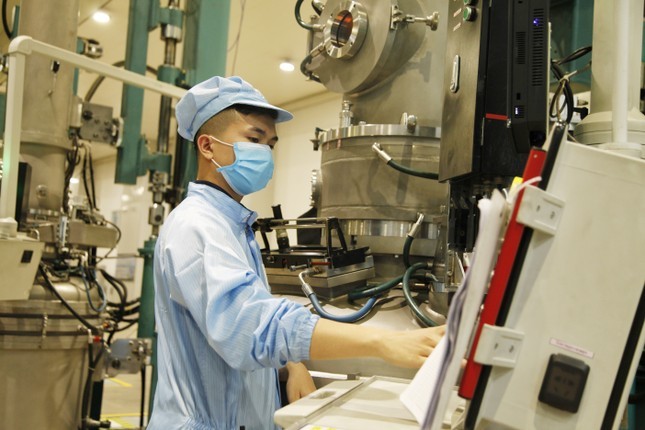 |
| Bac Giang prepares human resources to welcome investment in semiconductor production. Photo: Nguyen Thang. |
50,000 engineers will be trained according to a structure of 500 PhDs, 7,500 masters, and 42,000 engineers. By specialized field, there will be at least 5,000 personnel with engineering qualifications or higher with in-depth expertise in artificial intelligence (AI) to serve the semiconductor industry. In-depth training for 1,300 lecturers will also be implemented in parallel. These lecturers will teach at research institutes, universities, training facilities, and enterprises.
In investing and operating semiconductor laboratory facilities, based on the balance capacity, the State budget plans to invest in and build 4 national-level shared semiconductor laboratories at the National Innovation Center (VND 1,000 billion), Hanoi National University (VND 1,500 billion), Ho Chi Minh City National University (VND 2,000 billion) and in Da Nang city (VND 430 billion).
18 standard semiconductor laboratories at 18 public universities are also supported with investment in equipment and copyrighted software for establishment and upgrading. Each laboratory is invested 80 billion VND.
According to the Ministry of Planning and Investment, the number of Vietnamese engineers participating in the semiconductor value chain is currently not strong in both quality and quantity. Vietnam especially lacks general engineers and chief architects - people who fully master the design technology to develop new semiconductor chips. The ability of Vietnamese engineers to work in English in an international environment is still weak.
Vietnam also does not have large semiconductor training and research centers. The number of experienced lecturers and experts is still modest. Facilities and infrastructure have not kept up with the development requirements of the industry. Trained students have not met the needs of businesses and the market.
Besides, the policy of treating foreign talents and experts is not attractive.
“About 2,000 Vietnamese people are working in large semiconductor industrial corporations in countries and economies such as the United States, South Korea, Japan, Taiwan (China), Europe, etc. This is an important resource for the development of this industry in Vietnam.
To promote the development of the industry, it is necessary to build competitive and attractive policy and remuneration mechanisms to increase the participation rate of this group of personnel in Vietnam," the Ministry of Planning and Investment pointed out.
Source: https://tienphong.vn/can-26000-ty-dong-de-dao-tao-50000-ky-su-ban-dan-post1648211.tpo








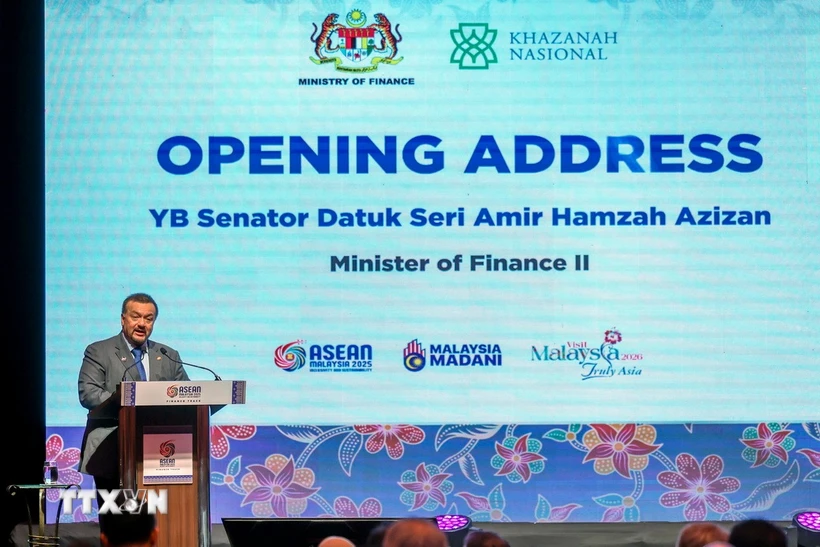

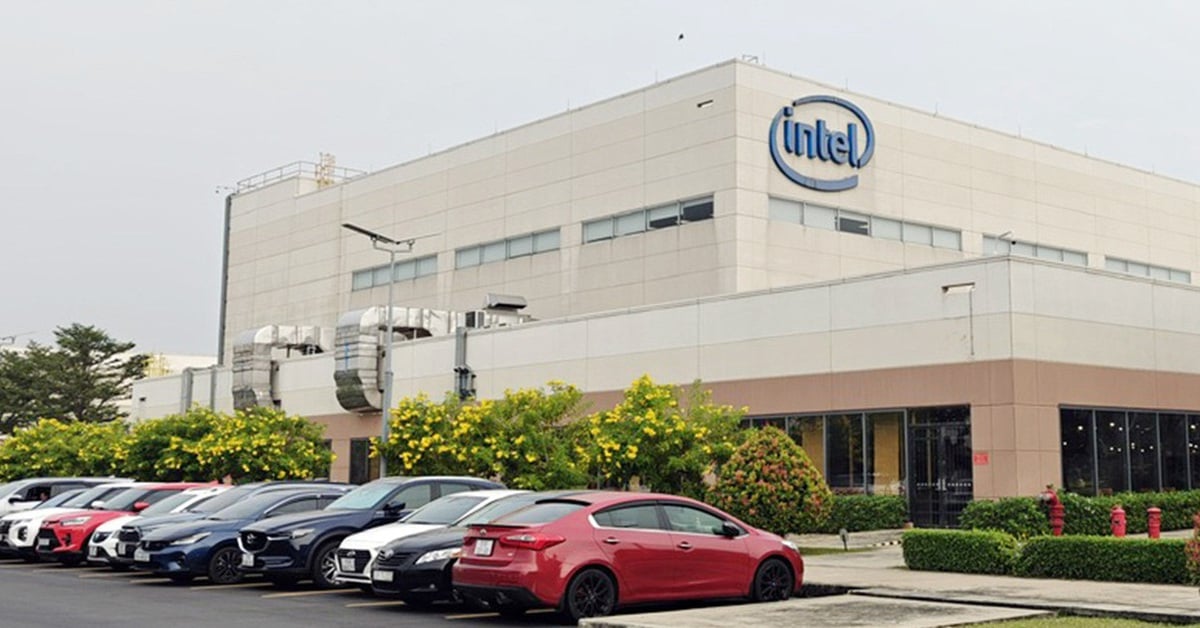



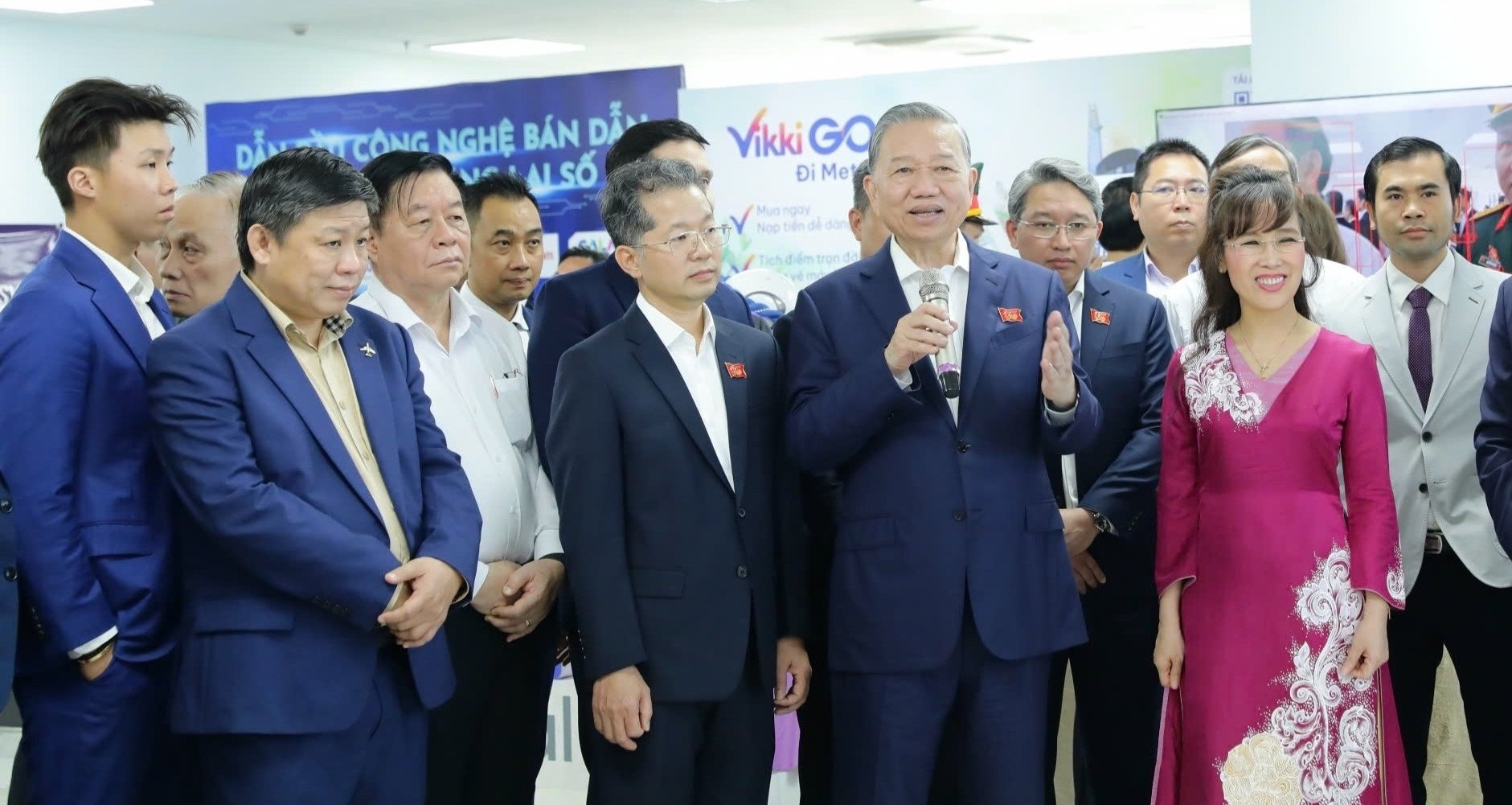



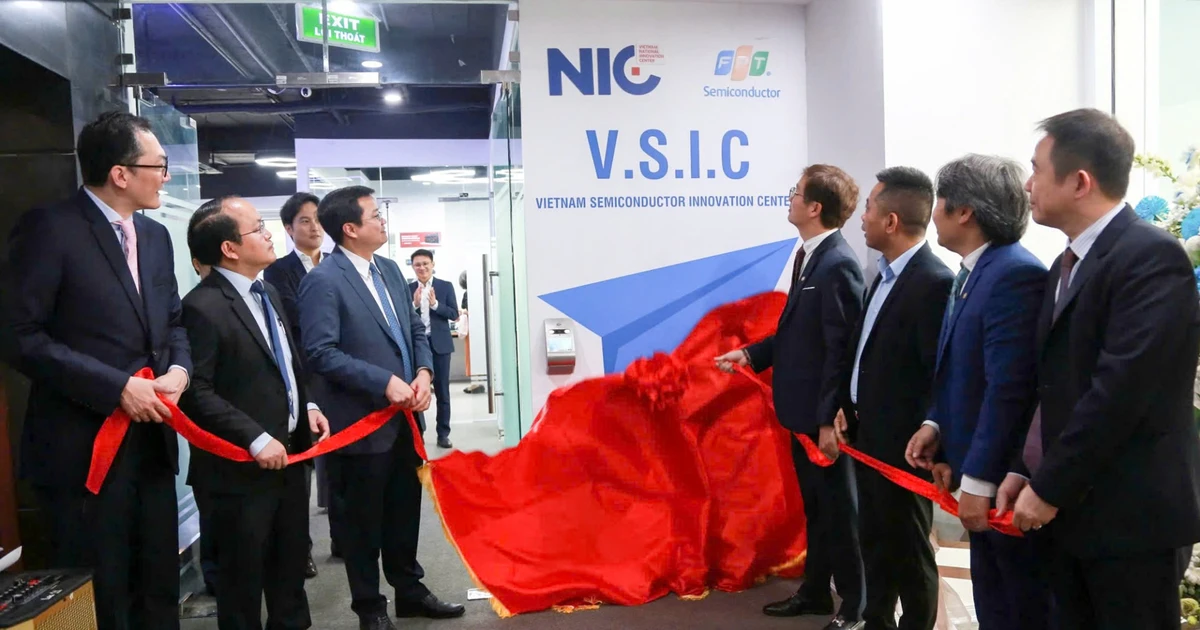

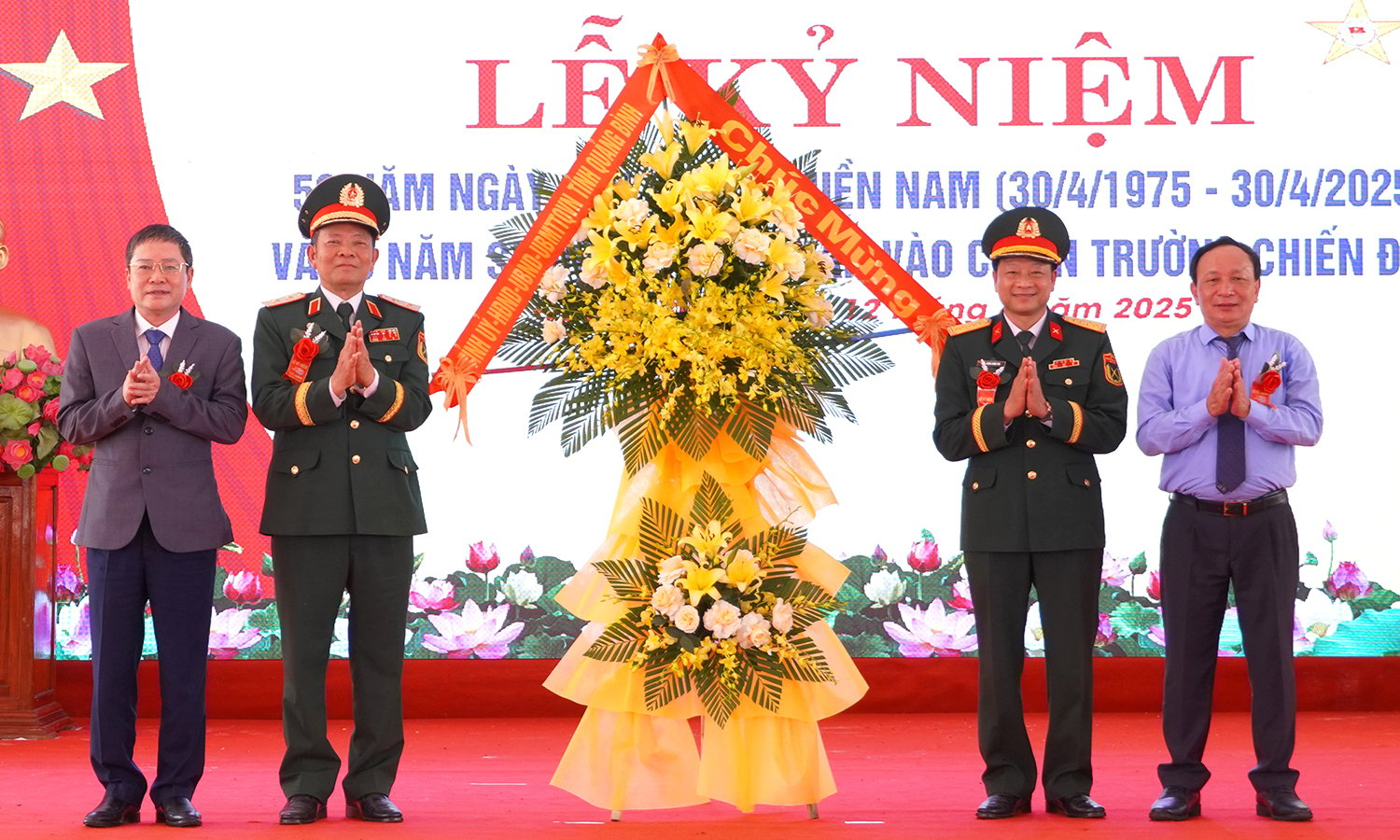



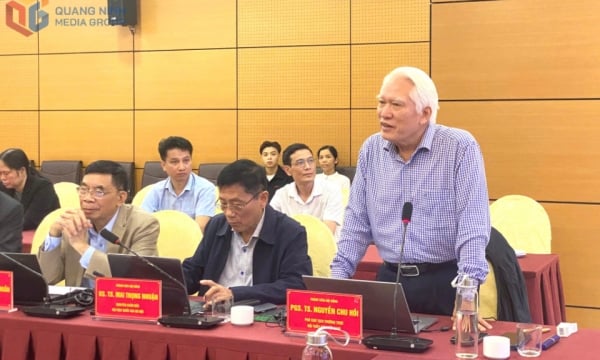



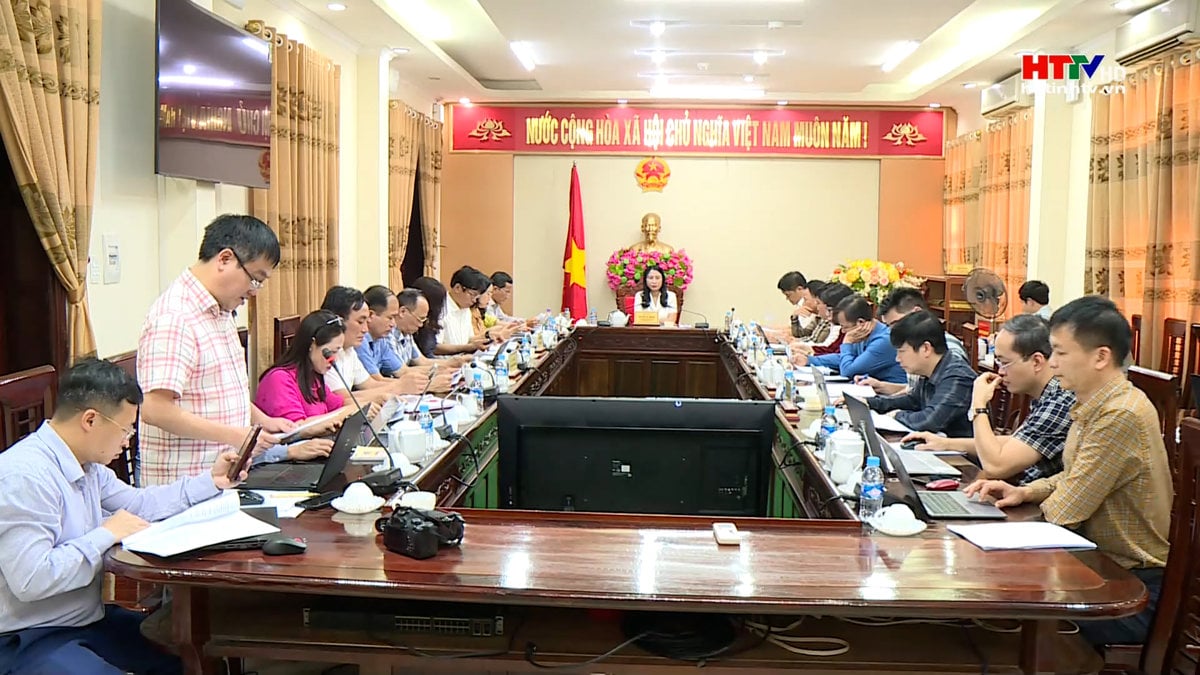
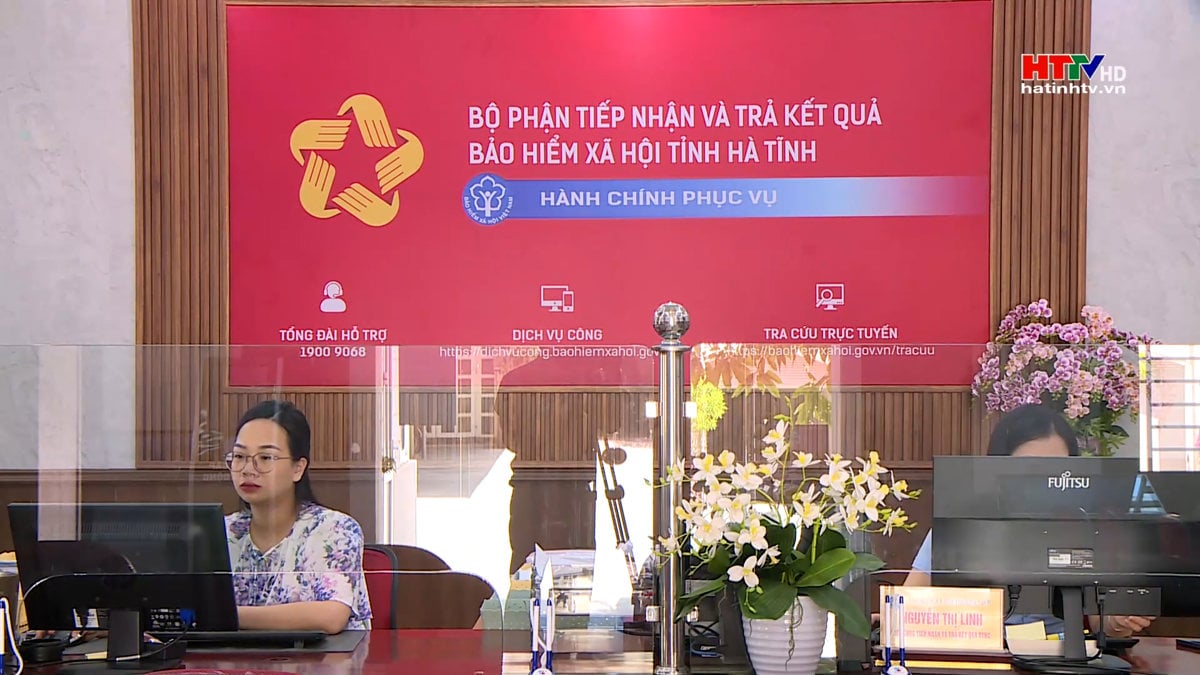




![[Photo] "Beauties" participate in the parade rehearsal at Bien Hoa airport](https://vstatic.vietnam.vn/vietnam/resource/IMAGE/2025/4/11/155502af3384431e918de0e2e585d13a)



























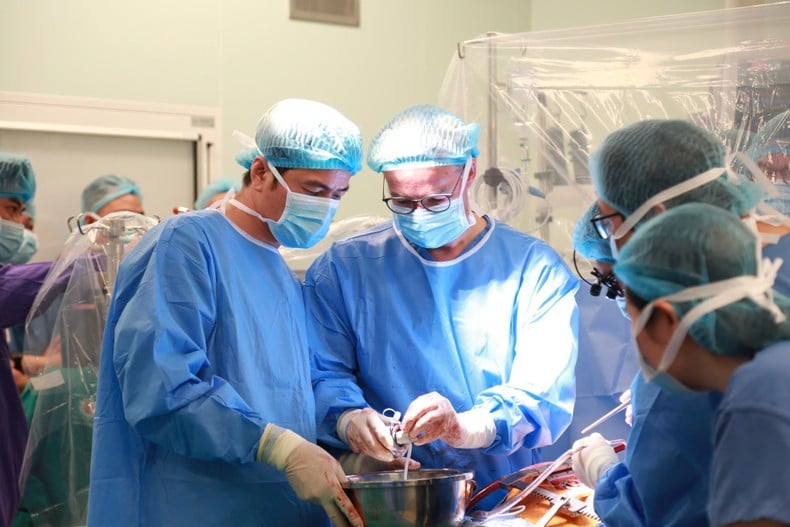


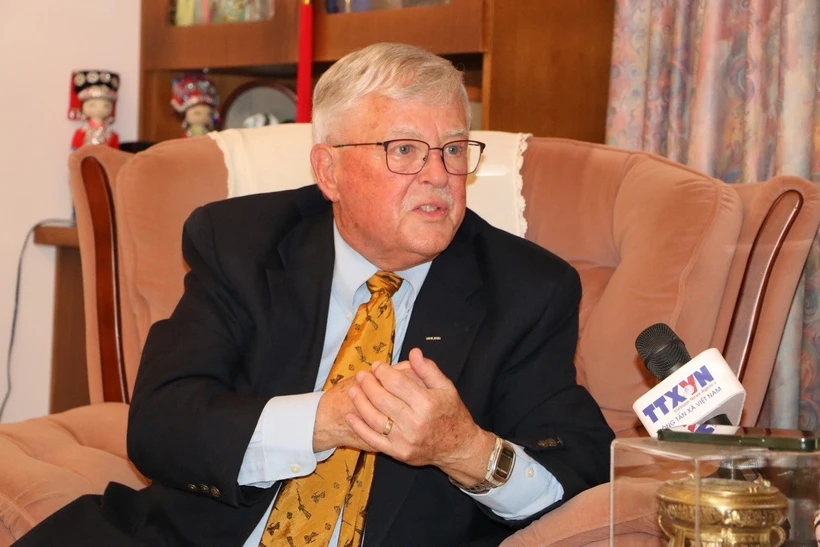













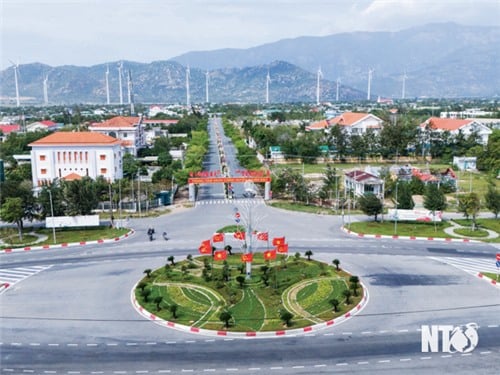

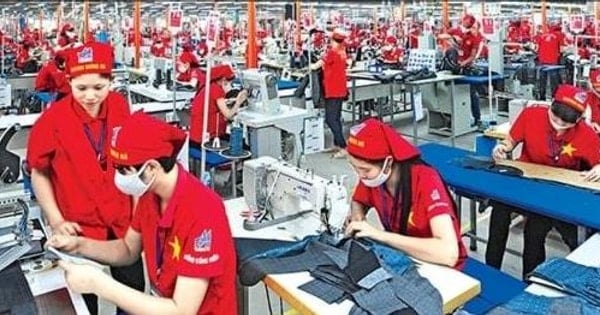

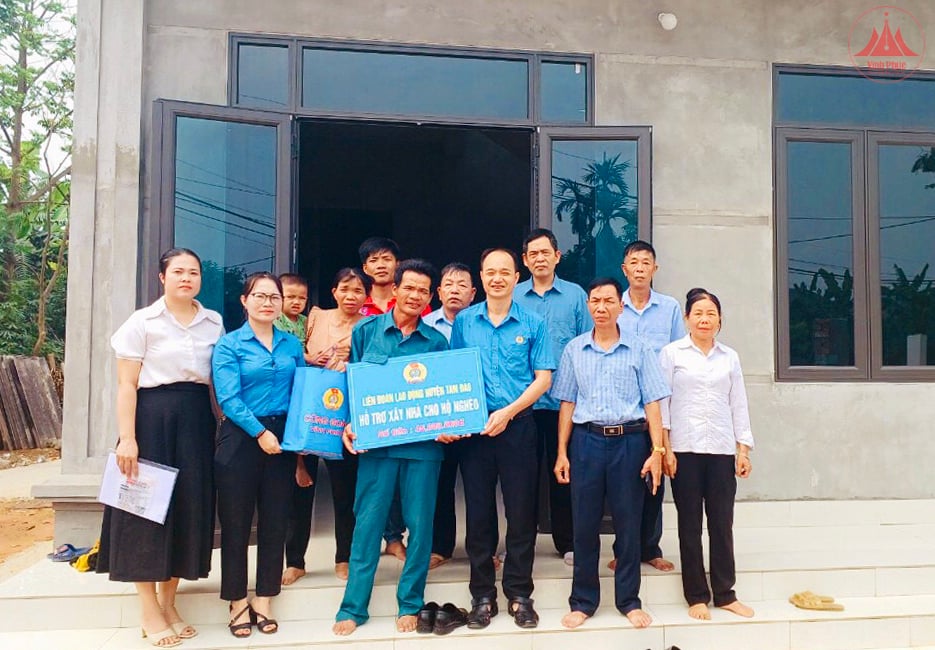













Comment (0)